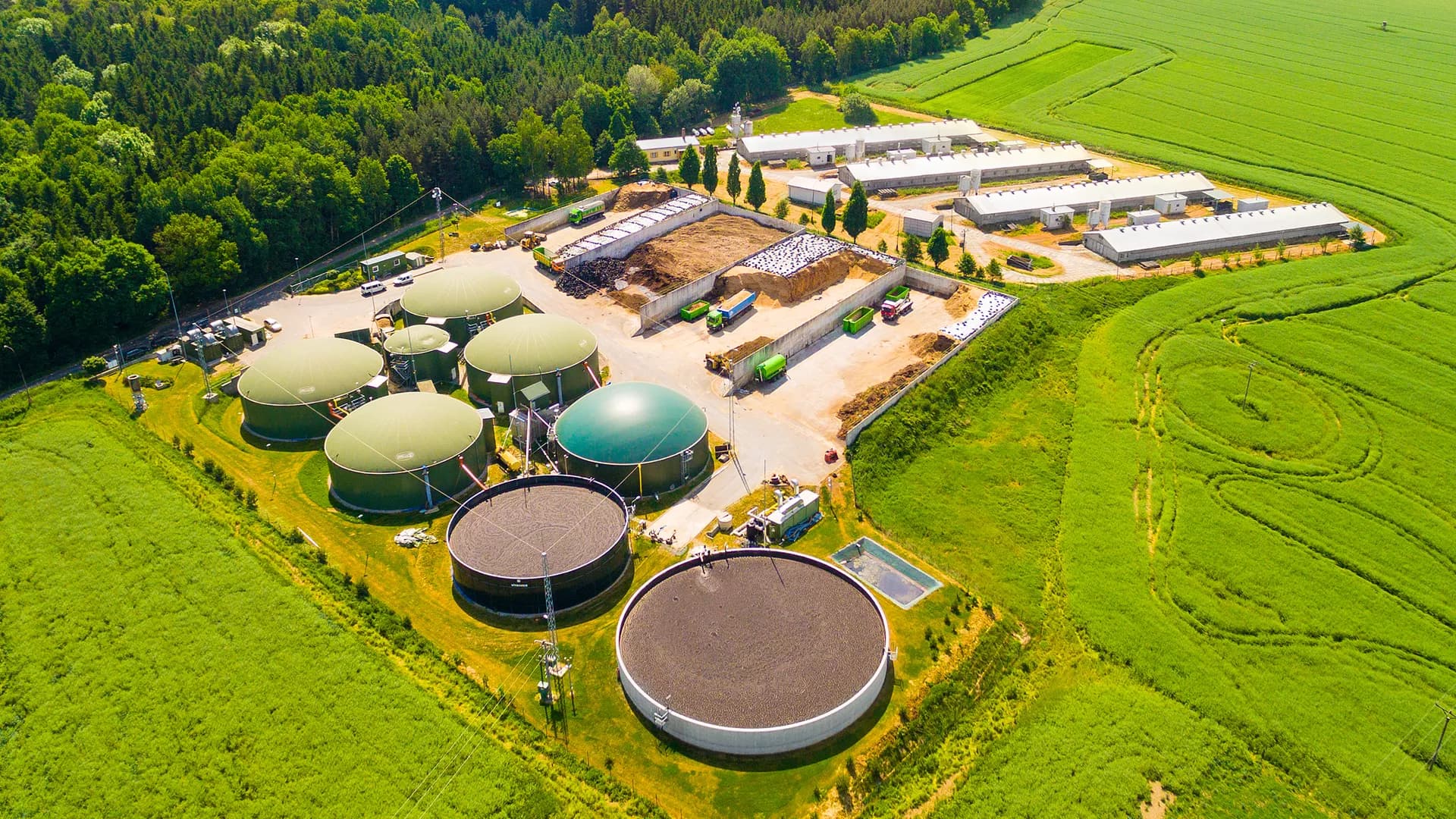Abstract: In view of the problems of large volume, high energy consumption and difficult maintenance of electric field measurement sensors in existing power systems, non-contact miniature electric field sensors have become a hot topic in current research. In this paper, a MEMS miniature electric field measurement sensor model based on the principle of piezoelectric-piezoresistive coupling is constructed, and the sensor structure is optimized by analyzing the steady-state characteristics of the piezoelectric material and semiconductor membrane of the sensor. The input and output characteristics of the sensor were tested. The test results show that the sensor has excellent mechanical strain capacity, and the output voltage of the sensor has a linear relationship with the electric field strength, thus verifying the feasibility of the sensor measurement in the electric field. The research results will provide some reference for the development of contactless coupled sensors.
The economic operation and scheduling of community integrated energy system (CIES) depend on accurate day-ahead multi-energy load forecasting. Considering the high randomness, obvious seasonality, and strong correlations between the multiple energy demands of CIES, this paper proposes an adaptive forecasting method for diverse loads of CIES based on deep transfer learning. First, a one-dimensional convolutional neural network (1DCNN) is formulated to extract hour-level local features, and the long short-term memory network (LSTM) is constructed to extract day-level coarse-grained features. In particular, an attention mechanism module is introduced to focus on critical load features. Second, a hard-sharing mechanism is adopted to learn the mutual coupling relationship between diverse loads, where the weather information is added to the shared layer as an auxiliary. Furthermore, considering the differences in the degree of uncertainty of multiple loads, dynamic weights are assigned to different tasks to facilitate their simultaneous optimization during training. Finally, a deep transfer learning strategy is constructed in the forecasting model to guarantee its adaptivity in various scenarios, where the maximum mean discrepancy (MMD) is used to measure the gradual deviation of the load properties and the external environment. Simulation experiments on two practical CIES cases show that compared with the four benchmark models, the electrical and heating load forecasting accuracy (measured by MAPE) increased by at least 4.99 and 18.22%, respectively.
The stable and reliable operation of microgrids requires the immediate communication and accurate measuring data of cyber systems. The cyber security of smart grids consists of detection and mitigation, where the latter mainly refers to resisting the attack and recovering the physical operation state through various means after cyber attacks. With the flexible electrical topology and the distributed control strategy based on the public communication network and end-to-end neighbor communication, the application and effect of cyber security technologies (firewall and encryption) in traditional cyber systems are limited. However, due to the fact that the cyber system and power system are coupled in microgrid cooperative control, countermeasures are added to the control to enhance the cyber security of microgrids, which has drawn more attention. Therefore, considering the control failure and even system results from the false data inject attack (FDIA) on the cooperative control of microgrids, this study investigates the synchronous mitigation framework based on local detection where the reactive power cooperative control targets of microgrids with and without FDIA are compatible by the resilient control method. The credibility is utilized to measure the reliability of local and neighbor data in the proposed method. The consensus communication coupling gain is weighted corrected by an adaptive update strategy of credibility to delete the attack signal. Moreover, the proposed method directly improves the conventional distributed secondary controller that reduces the complexity of controller design. Simulations investigate the effectiveness of the proposed distributed resilient mitigation strategy under conditions of deception and disruption attacks.
With the high-proportion accession of renewable energy and randomness of the load side in the new energy power system, unbalanced feeder power and heavy overload of the transformer caused by massive access of highly uncertain source loads become more and more serious. In order to solve the aforementioned problems, a honeycomb topology of the multi-station integrated system is proposed. The soft open point (SOP) is used as the key integrated equipment of the internal unit of a multi-station integrated system. The honeycomb grid structure is composed of flexible nodes, and the multi-station integrated system is composed of multi-network flexible interconnection. Based on the characteristics of the regional resource endowment, hydrogen energy flow is deeply coupled in parts of honeycomb grids. In order to improve the reliability and flexibility of the multi-station integrated unit, the structure of the new multi-station integrated unit, the power balance constraints on the unit, and the switching process of SOP control mode are studied. At the same time, the hydrogen electricity coupling structure and the coordinated control strategy of hydrogen electricity conversion are proposed to solve the problem of deep application of hydrogen energy. Finally, the effectiveness of the proposed multi-station integrated system is verified by using three simulation models.
Frontiers in Energy Research
Learning-assisted Diagnosis and Control of Electric Distribution Network






